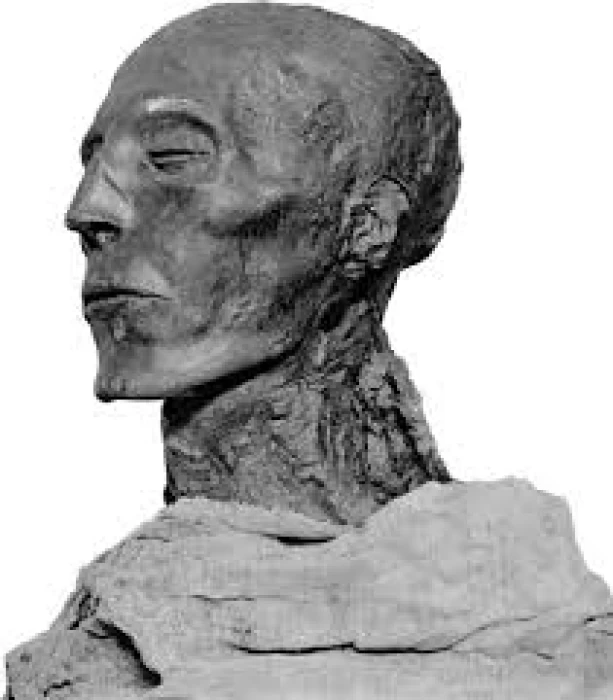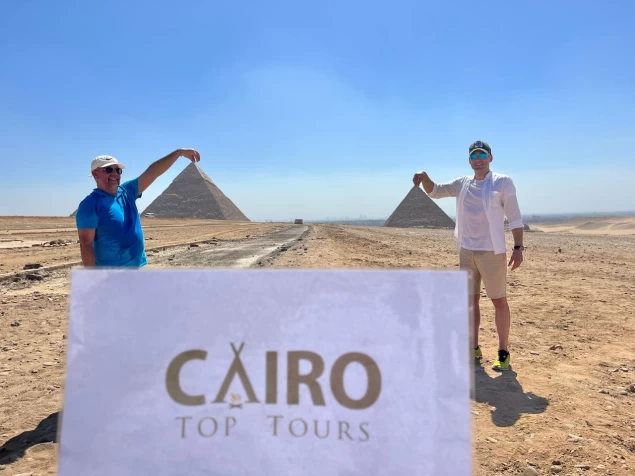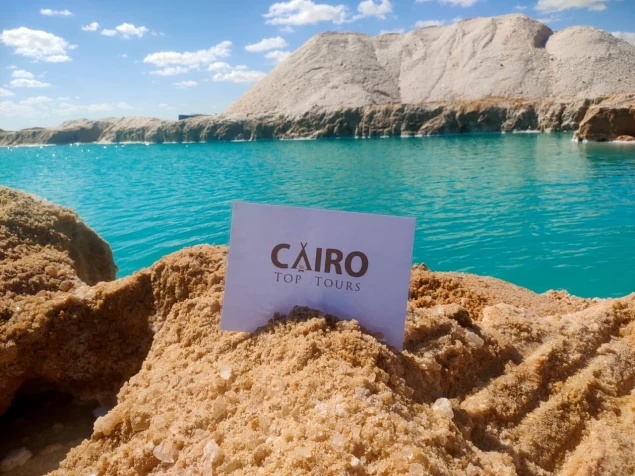
History of King Seti I
Seti I is the father of Ramses II, who was born in 1303 BC. According to some historians, King Seti I ruled the period from 1294 BC.M. Or 1290 BC.M. to 1279 or 1302 BC. The Greeks called him Sethosis. The Egyptian historian Manitou mistook him for the founder of the Nineteenth Dynasty, and named him SETI, which means: related to "Set, which indicates that he was gifted to the god Set (as we say in Arabic: Cairo, Arabic or Alexandrian).
His reign
Seti I consolidated Egyptian power in Palestine and the Levant, successfully resisted the Hittites who ruled Asia Minor, and concluded a peace treaty with them and a non-aggression pact against them.
Effects
Qurna Mortuary Temple
The temple also has an ancestral hall with the names of Kings from the foundation of the first dynasties to Seti I (the list of kings of Egypt (Abydos)), the funerary temple of the Qurna in Thebes, and the lobby of the columns, roofed with cornices. He had begun its construction earlier, and then in the era of Seti I it was decorated with ritual scenes and images on the outer walls showing SETI's victories over the Bedouins, Libyans, Amorites in Kadesh, and Hittites. SETI ordered the erection of an obelisk known as Flaminius, but he died before completing its inscription, which was completed by his son Ramses II and is now located in the People's Square in Rome.
His tomb
The Tomb of Seti I was found in 1817 by Giovanni Battista Belzoni, which is the Cemetery No. 17 in the valley of the Kings, which is one of the most beautiful tombs in the valley of the Kings, the depth of the tomb is about 30 meters.
The mummy of Seti I was found in 1886 in a hiding place in Deir el Bahri, it is believed that Seti I died and was not forty years old unlike Ramses I and Ramses II, who died at an advanced age and the cause of death of Seti I is unknown, although his mummy was found decapitated, but it happened after death by tomb robbers and most likely he was suffering from a heart disease, The Mummy was transferred to the Egyptian Museum in Cairo and the coffin was carved from one piece of Alabaster and has wonderful inscriptions and is in a museum in London.














